Hello again! I’m Alex Jaffe, better known to our illustrious community as HubCityQuestion. Every month, I take a look through some of your most burning inquiries and go dangle some spooked mooks off of rooftops by the ankles until I get the answers you crave. How do YOU get in on the action? I’m glad you asked. All you really need to do is to stop by my virtual office and post your question. You may find an answer here...and a handsome Question-themed community badge for your profile to go with it! You like badges, don’t you? Who doesn’t? But enough with the rhetorical questions. Let’s get to the REAL ones.
Cat’s Got Your ™?
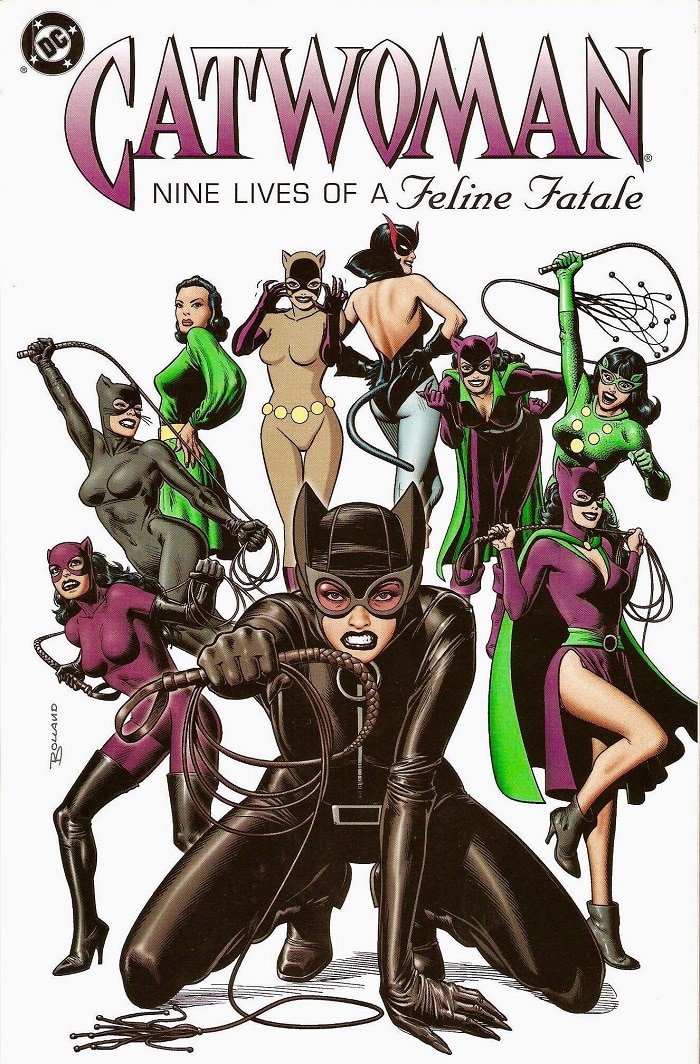
Joevignati asks:
Does Catwoman have her own logo? Since we have multiple iterations of her being good, or trying to do so, does she have her own ‘branding’ as a hero?
When a superhero sports a symbol, it’s intended to deliver a message. Superman’s “S” shield is a symbol of hope. The Bat emblem is a symbol that creatures more terrifying than any criminal stalk the night, ever vigilant. Catwoman, in contrast, is a cat burglar. Broadcasting her presence defeats the whole purpose. Even in her more recent “Robin Hood” years, Selina Kyle is there to get in, get what she needs and get out. However, that isn’t to say that Catwoman has *never* featured some identifying token on her chest. In the ‘60s Batman TV series, both the Julie Newmar and Eartha Kitt iterations of the feline fatale wore a signature necklace over their catsuits (though Kitt’s fit a little more snugly, while Newmar let hers hang loose).
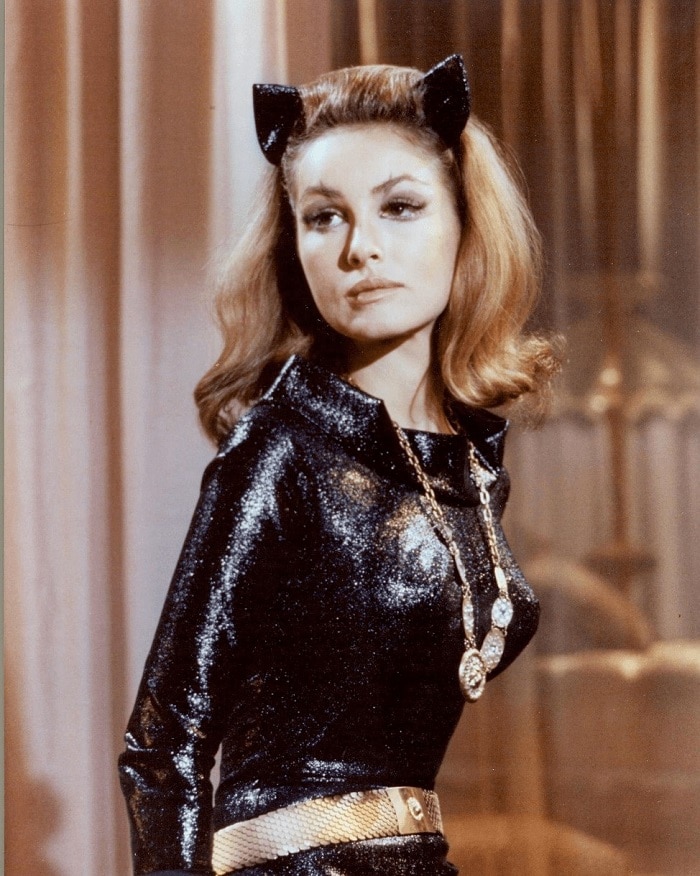
But it was actually the 1977 animated series The New Adventures of Batman which put the very first (and some might say only) logo on Catwoman’s chest, giving her a look seemingly inspired by her male “Catman” counterpart, Thomas Blake. It was—what else?—a cat, naturally.
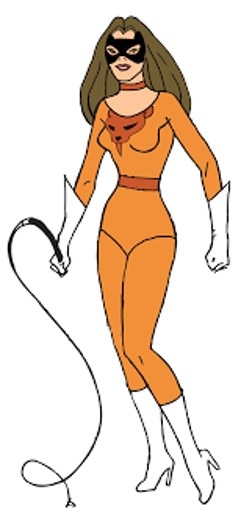
Over in the comics, even with her incognito inclinations, the necessity of branding hasn’t escaped DC itself. The logos which adorn Catwoman’s solo books have made their own attempts to bring a little signature flair to the character, like this blood-red, taillike “C” in her first limited series…
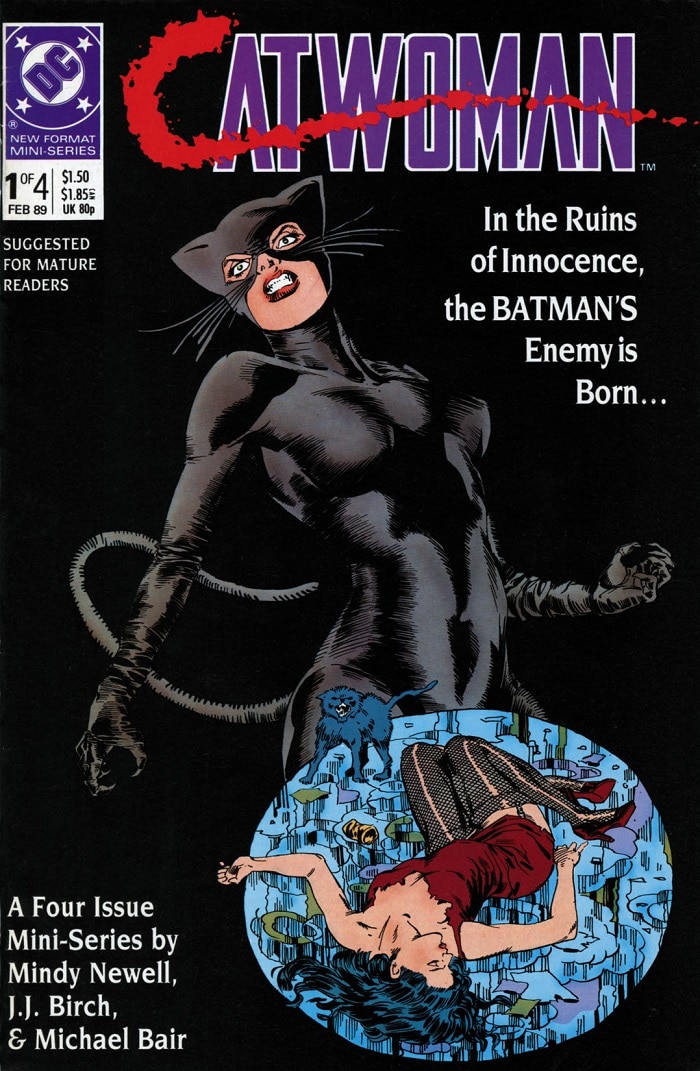
…or the clawlike “W” which has followed her for the past decade of solo titles.
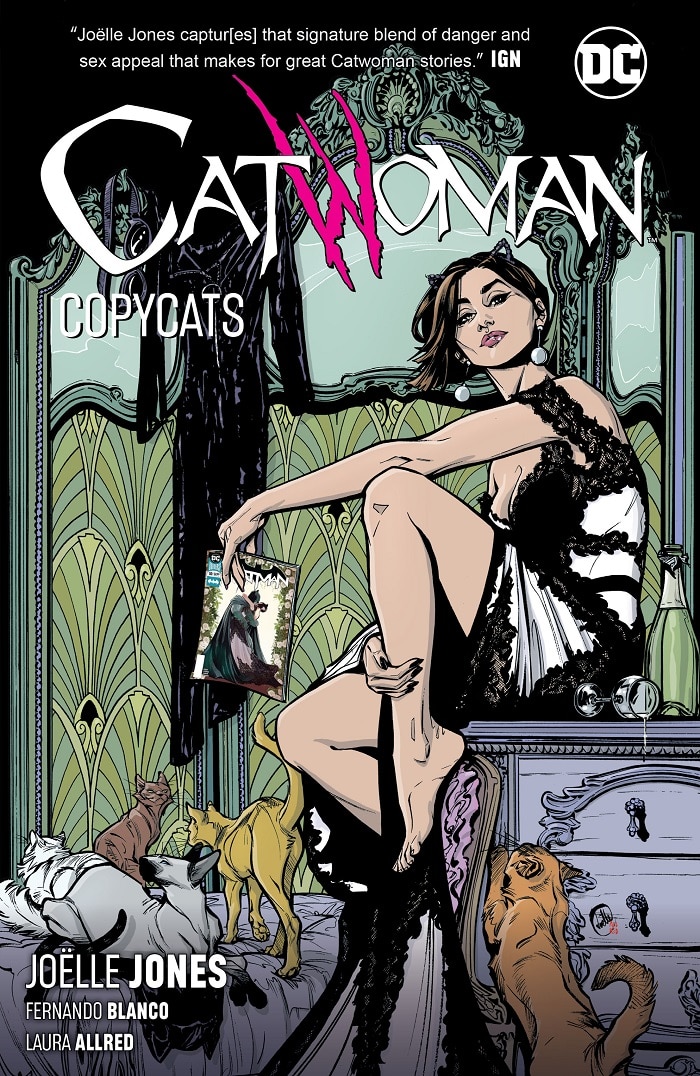
But the most iconic emblem Catwoman has ever adorned, excluding perhaps the manic stitching of her Batman Returns costume, is the simplest of all of them: a big, silver hoop at the tip of her zipper-line which almost suggests a cat collar, first given to her by the great Darwyn Cooke: pretty much the gold standard in Catwoman designs, no matter who you ask.
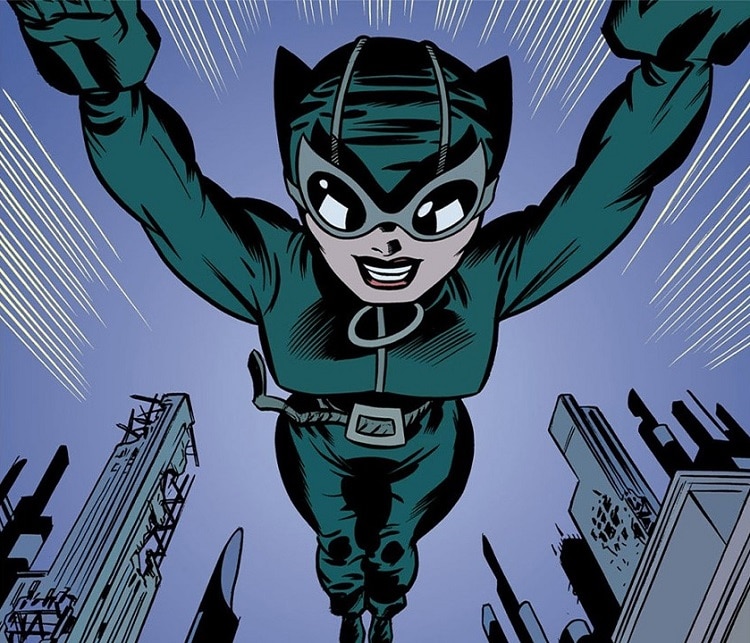
And if you’re Selina Kyle, why settle for anything other than the best?
Aw, Hell No
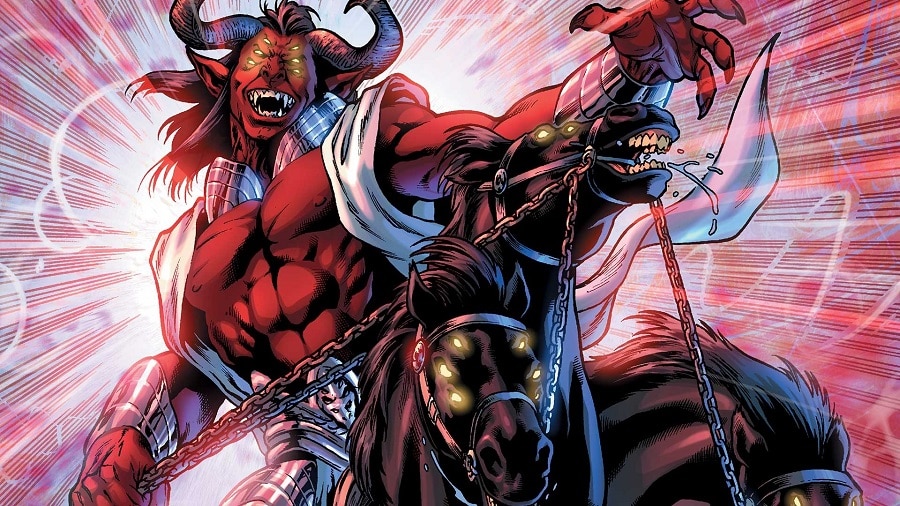
Aztek asks:
Being that both are demons, have Etrigan and Trigon ever met in comics?
Here’s a great opportunity to address a very common misconception about Raven’s father Trigon, the multi-eyed villain who represents one of the most powerful threats to the DC Universe. While he is often described as a “demon”—and this is something that creator Marv Wolfman has been very clear on throughout his work on the character—the entity Trigon actually has nothing at all to do with hell. As Raven would tell it, Trigon comes from a hell-like alternate plane of reality, one made so due to his own evil influence and power. The implication throughout New Teen Titans is that, if anything, the devil and classical depictions of demons as we know them are based on the visage of Trigon himself, who predates Christian iconography. So as a demon of the actual hell as it exists in the DC Universe, Etrigan wouldn’t have had much occasion to encounter Trigon, who mostly exists on a different layer of existence entirely.
Since Trigon’s creation, however, there have been a number of reinterpretations of exactly who he is and what he represents. While the central continuity of the DC Universe has, for the most part, maintained Trigon’s mystique as a being from a place entirely separate to hell, alternate takes on DC lore place Trigon down with the rest of Satan’s middle managers. In the adorable Tiny Titans #36, Etrigan appears as one of the guests at a cookout hosted by Trigon. The two battle for the first time in 2016’s original graphic novel DC Super Hero Girls: Hits and Myths, which rewrites Etrigan’s history as a reformed minion of Trigon who now works as a poetry professor in Super Hero High. More recently, Etrigan appeared in DCeased: Dead Planet to warn Constantine that divine powers were planning to wipe out creation and start over again using Trigon as their instrument, and helps him prepare for the oncoming incursion.
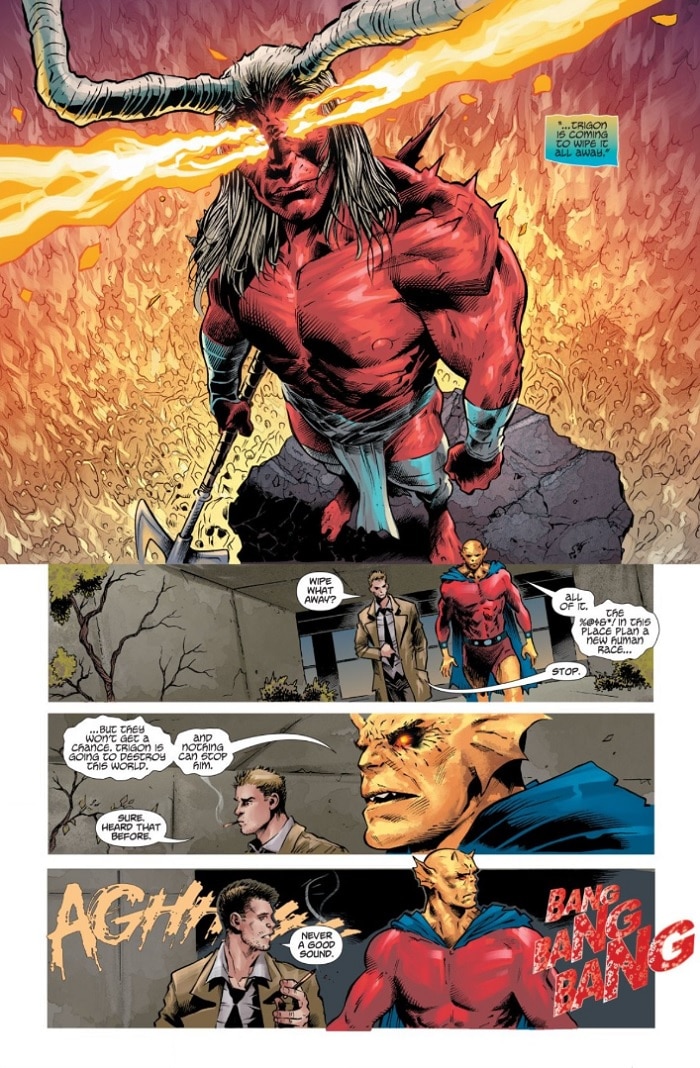
But all of those are non-canonical incidents, so if you take one thing away from my column this week, let it be this: despite being called a demon for ease of nomenclature, Trigon has absolutely nothing to do with hell, or the demon race. That is all.
(Okay, okay, in the New 52’s The Phantom Stranger, it’s established that Trigon’s son, Belial, at some point became an archduke of hell, and Belial himself is Etrigan’s father. But that’s IT.)
Absence Makes the Heart Grow Fiender
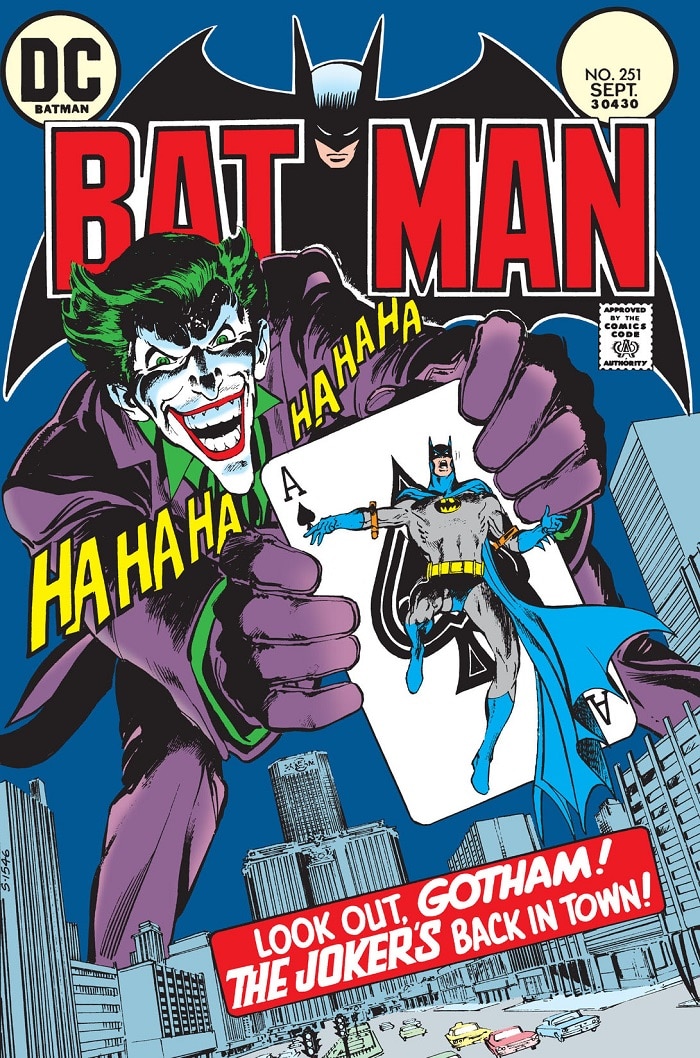
Hmmadness.50846 asks:
Which of Batman’s main villains/oldest villains—Joker, Penguin, Riddler, Catwoman and Two-Face—went the longest between appearances? How long was that? Are there villains that never returned?
The Joker’s longest absence represents, in a way, the end of the Silver Age, and the beginning of the Bronze. The final appearance of the Silver Age Joker was in October 1969’s Justice League of America #77, in an infamous story where JLA “mascot” Snapper Carr inadvertently sells out the team to a Joker in disguise. The Clown Prince only resurfaced in July 1973’s Batman #251, “The Joker’s Five-Way Revenge,” a story often credited with altering the public perception of the Joker into a credible, terrifying threat in Batman’s eyes. So, in total, that’s an absence of 3 years, 9 months.
Throughout the 1940s, the dapper Penguin was one of Batman’s most consistent, persistent foes. But his star faded through the ’50s, with no appearances at all between 1953 and 1956. But the Penguin’s driest spell took place between February 1956’s Batman #99 and March 1963’s Batman #155—in a story appropriately called “Return of the Penguin.” That return took 7 years, 1 month.
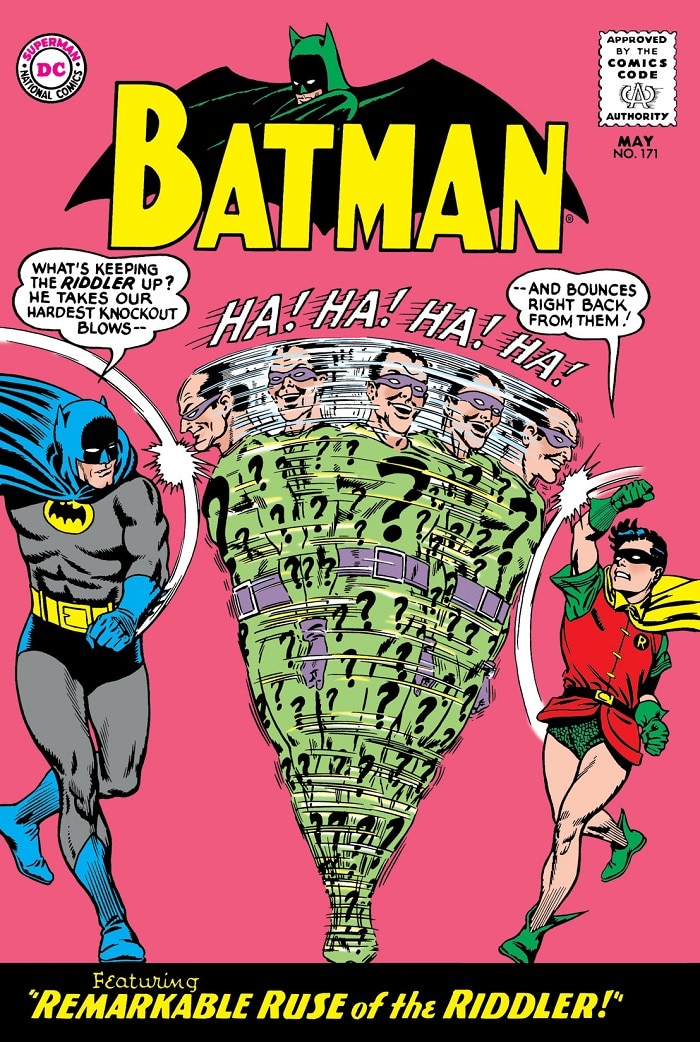
That’s nothing compared to the Riddler, though. After a debut in August 1948’s Detective Comics #140 and a rapid follow-up in October’s Detective Comics #142, Riddler remained a forgotten artifact of Batman’s past until a revival March 1965’s Batman #171—just in time for him to become a fixture in Batman’s rogues gallery for the Batman TV show. That’s a Riddler-free Gotham for 16 years, 5 months.
Two-Face may have debuted in 1942, but he wasn’t really a fixture in Batman’s stable of villains until the ’70s. (Hence his notable absence from the ’60s Batman show.) In those early decades, Two-Face would often go years between appearances before a writer would remember to pick him up again. From August 1943’s Detective Comics #80, to October 1948’s Batman #50, 5 years, 2 months. From then until October 1951’s Batman #68, 3 years. But Two-Face’s longest absence, excluding a reprint and a statue representing him in a gallery of villains in World’s Finest #173, was from December 1955’s Detective Comics #226 to June 1971’s Batman #234—a whopping 15 years, 6 months. I guess the coin landed good-side up through the sixties.
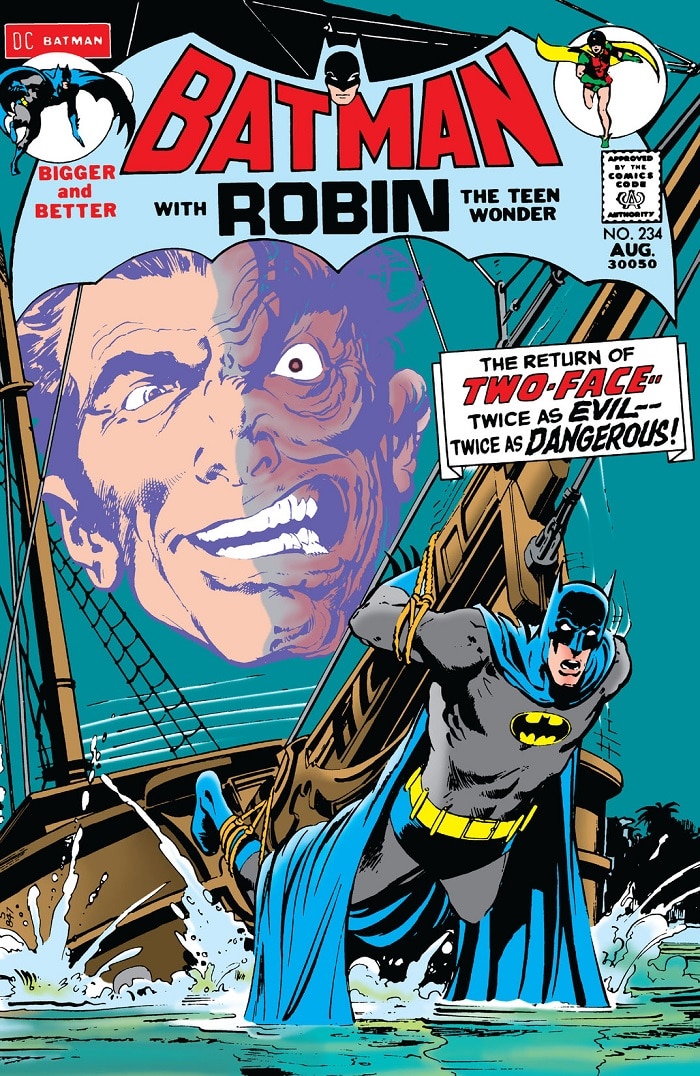
Catwoman’s long absence from comics is a more infamous one, often credited to a crackdown by the Comics Code Authority on the Batman mythology’s sexier elements. While she was a staple of the series through its formative years, Selina Kyle completely vanished from Batman’s life after July 1954’s Detective Comics #211. Neither cat hide nor cat hair was seen from her again on comic racks until a return in—of all places—September 1966’s Superman’s Girl Friend, Lois Lane #70, returning fashionably later than Riddler, but still in time for a television debut. Her total elapsed absence: 12 years, 2 months.
(I should warn you, though, some nerds will tell you that technically, Catwoman appeared in a Pop Tarts ad-comic briefly before the Lois Lane appearance. And while I guess that’s technically true, it’s close enough to be the same ballpark figure. And you’re not a NERD, are you?)
As for Batman villains who have never returned, it’s quite rare these days for even the most obscure villains to remain unseen from creators looking to mine the Dark Knight’s past…but some have managed to keep below the radar. I won’t name them all, but some one hit wonders include:
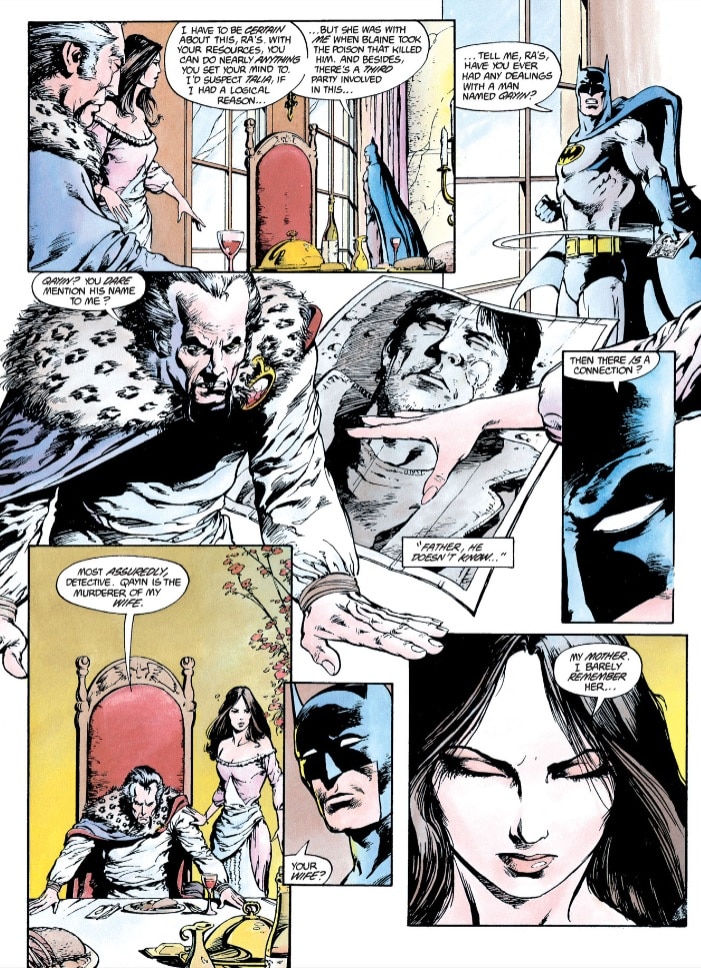
- Qayin, the assassin who murdered Ra’s al Ghul’s wife Melisande in Batman: Son of the Demon.
- The Wringer, a hooded villain from Batman #278 who liked to wring dolls by the neck and leave them as clues.
- David Rennington, the second Batman villain to go by the name “Dagger,” in Batman #343.
- Atilla, a flamethrower-wielding religious zealot in Batman: Legends of the Dark Knight #159.
- The Exterminator/The Executioner, a hooded villain with an “E” on his chest in Detective Comics #191. The cover calls him the Exterminator, but the actual story calls him the Executioner.
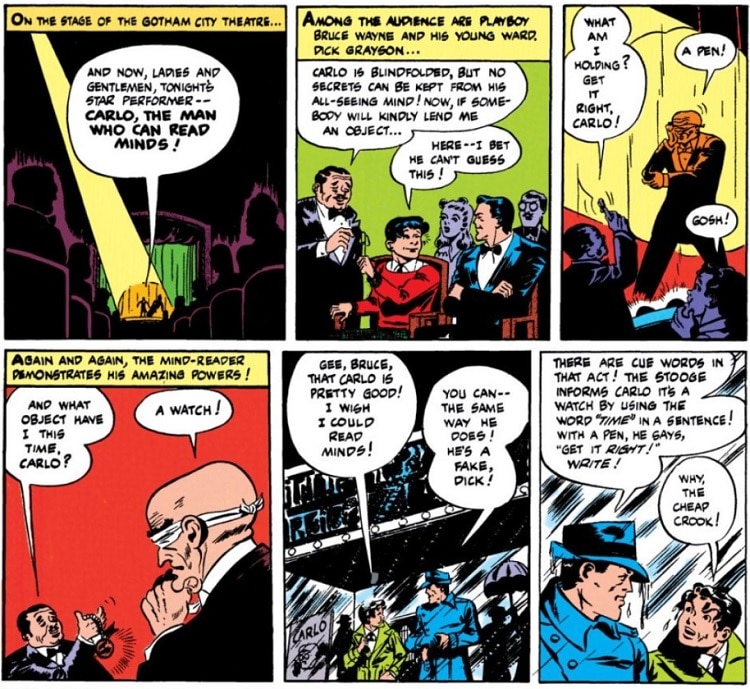
- Carlo, an alleged mind reader in Detective Comics #70.
- Haunter, a metahuman Arkham escapee in 2016’s Batman Annual #1, who kills by manipulating the DNA of her victims.
- Paul Gregorian, “The Outlaw Who Had 9 Lives,” in Detective Comics #172. Sort of a Proto-Catman.
- Andrew Warner, “The Man Who Quit the Human Race,” in Batman #165. Actually one of Batman’s most powerful enemies and whose story is loosely adapted later into Jiro Kuwata’s Batmanga. We’re talking a mutant with Martian Manhunter-level powers. I’m expecting a comeback for this guy someday.
- And finally, the notorious “Doctor Doom,” whose sole appearance was in Detective Comics #158. He smuggled himself into the Batcave inside of a sarcophagus, and then tried using the Batcave’s trophies to kill Batman and Robin.
Betty Kane’s Eyes
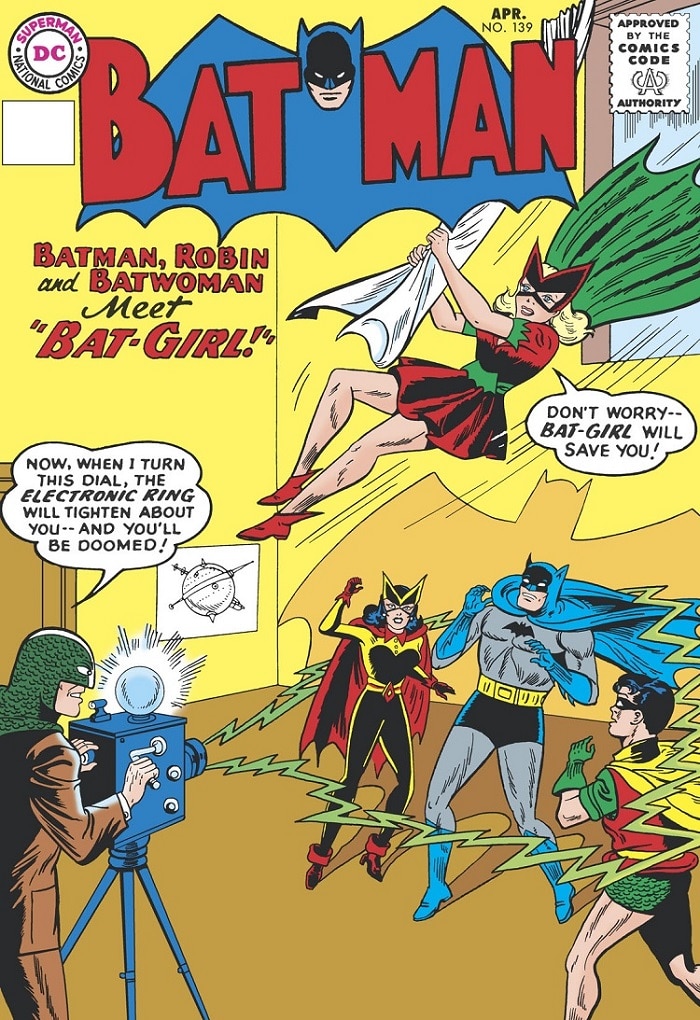
Daredevil asks:
Why does Batgirl not have white eyes on her cowl, but Batman does?
They say that eyes are the windows to the soul, Daredevil. And part of what makes Batman a symbol of fear to his enemies is the idea that, as an entity, he is unknowable. The white lenses which hide his eyes lend credence to this illusion. The Batgirls through history stand for something else, however—to express themselves through the mantle. One could say that a Batgirl’s eyes show through her costume because they represent her human face.
In the case of the first “Bat-Girl,” Betty Kane, she and her aunt Kathy Kane, the original Batwoman, both eschewed lenses for what were likely in retrospect Comics Code reasons. Batwoman and Bat-Girl were both introduced to comics to add a female presence into the lives of the Dynamic Duo, and hiding their feminine eyes behind those masks would do just as much to dilute that purpose as showing Bruce’s eyes through the cowl might harm his own. Later, in the case of Barbara Gordon, the lack of lenses suggests a homemade quality to her costume. It took millions of dollars for Bruce Wayne to become the state-of-the-art crimefighter he is, but all it took Barbara was some fabric, a sewing needle, and the will to bring some light into a dark city.
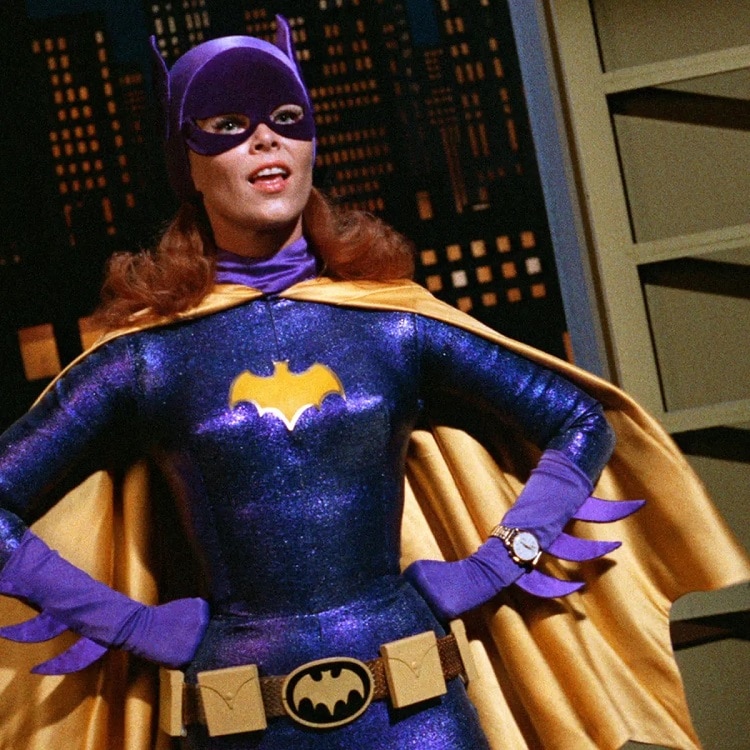
Of course, there’s also the fact that Barbara Gordon was created for season three of the ’60s Batman TV show, and on that series, no one wore the white lenses. So, the costume designed for Barbara on the show became the new standard for Batgirl in the comics and has remained so through myriad reinventions of her costume and Stephanie Brown’s as Batgirl after her.
(You may have noticed I left out my favorite Batgirl, Cassandra Cain, whose eyes are not typically visible through her cowl. This is because—as Barbara and Bruce have both attested—out of every member of the great wide Bat-Family, Cass is the most like Batman.)
That’s it from yours truly for now, but remember that I’m always reachable in the DC Community for all of your pressing needs. Just remember that when you’re alone and life is making you lonely you can always go ASK… THE QUESTION.
Got something that's keeping you up nights? If you have a question about the DC Universe that you'd love to get answered, you can head on over to the DC Community and ask it here.
Alex Jaffe is the author of our monthly "Ask the Question" column and writes about TV, movies, comics and superhero history for DCComics.com. Follow him on Twitter at @AlexJaffe and find him in the DC Community as HubCityQuestion.
NOTE: The views and opinions expressed in this column are solely those of Alex Jaffe and do not necessarily reflect those of DC Entertainment or Warner Bros.





